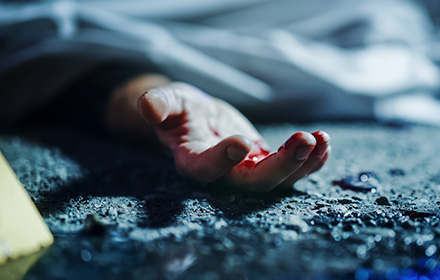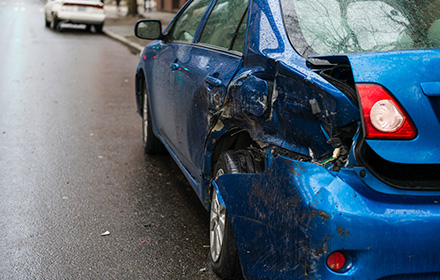Dui manslaughter trial to begin in palm beach
March 06, 2012
One of South Florida's rich and famous personalities is set to begina trial where he is charged with DUI manslaughter and vehicular homicide.According to the charging documents, John Goodman, is accused of causingthe death of another motorist by operating a motor vehicle while underthe influence of alcohol. On February 12, 2010, the defendant allegedlydrank too much and collided with a vehicle operated by a recent graduateof Central Florida. If convicted on all charges, Goodman is facing upto 30 years in the state prison. The criminal defense attorney representingGoodman has had two years to prepare the case for trial. While DUI manslaughtercases occur around the state, this case has garnered a lot of media attention,largely because of the status of the defendant.
Court documents and police reports allege that the defendant was speedingalong a road in Palm Beach County in his convertible Bentley when he strucka Hyundai being operated by recent college graduate, Scott Wilson. Thecollision purportedly caused Wilson's vehicle to crash into a canal.Wilson could not escape, as he was wearing his seatbelt and could notremove himself from the upside down vehicle and drowned as a result. Accusationsinclude the fact that the defendant was speeding and ran a stop sign causingthe crash. It is also alleged that the defendant fled the scene afterthe accident, failing to render aid to the victim. As a result, the defendantis also charged with
leaving the scene of an accident (LSA) that resulted in death.
If the allegations are true that the defendant fled the scene, the biggesthurdle for the prosecution is to prove that the defendant was impairedand in actual physical control of the vehicle. To prove the offense of
DUI manslaughter, the prosecution must prove three elements. First, the state must provethat a defendant was in actual physical control of a vehicle. This istypically proven by a wheel witness, or in other words, a witness whocan place a defendant behind the wheel at the time of the accident. Thestate can also prove actual physical control using forensic evidence leftbehind, such as DNA, taken from blood samples the driver may have leftas a result of the accident. Secondly, the state must prove that a defendantwas under the influence of an alcoholic beverage, chemical substance, or controlled substance to the extent his or her normal faculties wereimpaired or that a defendant had a blood alcohol content (BAC) of .08 or more. In cases involving accidents with serious bodily injury, bloodsamples can being taken as long as probable cause exists that DUI wasthe cause of the accident. Third, the fact that a defendant was DUI wasthe proximate cause of the death of the victim.
According to reports, Goodman made contact with a civilian witness. Thetestimony of this witness will be crucial to the state in proving whetherthe defendant was under the influence of alcohol. Testimony regardingalcohol on the breath, blood shot eyes, slurred speech and a flushed faceare all indicia of being under the influence of alcohol. However, manyof these indicia can be explained away by other external factors. TheBAC is the best evidence that the prosecution can present to the jury.If a DUI charge is weak, the prosecution will also charge vehicular manslaughterwhich is established by different elements. The state will be requiredto prove that a defendant operated a vehicle in a reckless manner whichwas likely to cause death or great bodily harm. The allegations of speedingand running a stop sign at night could be enough to obtain a convictionfor vehicular manslaughter. Both DUI and
vehicular manslaughter are second degree felonies punishable up to 15 years in prison. If a juryconvicts on both counts, the penalties can be enforced concurrently leavinga defendant looking at 30 years in state prison.
Houston Millionaire's Trial in Fatal DUI Crash Starts Tuesday in Florida, Chron.com, March 4, 2012.

















